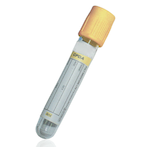
- Home
- Clinical Chemistry Tests
- Urea (Serum)
Urea (Serum)
Specimen Volume
1.0 mL bloodSample Preparation
Centrifuge
Turnaround Time
1 daySample Processing In Laboratory
Usual
Sample Stability
7 days at 2 to 8°C
General Information
Catabolism of proteins and amino acids results in the formation of urea, which is predominantly cleared from the body by the kidneys.
Measurement of serum urea has been used for many years as an indicator of kidney function. However, creatinine measurement is now generally accepted as a superior indicator of kidney function. However, urea measurement, in conjunction creatinine measurement, may still provide useful clinical information in particular circumstances.
Increased urea with normalcreatinine concentrations indicates a pre-renal increase in urea which may be due to a high protein diet, increased protein catabolism, reabsorption of blood proteins after GI haemorrhage, glucocorticoid treatment, dehydration or decreased perfusion of the kidneys.
An increase in both urea andcreatinine concentrations may indicate an obstructive post-renal condition such as malignancy, nephrolithiasis or prostatism.
A low urea and increased creatinine may indicate acute tubular necrosis, low protein intake, starvation or severe liver disease.
Patient Preparation
None
Notes
No significant interference from haemolysis or lipaemia
Reference Range
Adult male/female reference range: 2.5 - 7.8 mmol/L (Pathology Harmony)
Source of Reference Range
Pathology HarmonySpecifications
- EQA Status: NEQAS
- EQAS Scheme: Yes
Link to Further Information
http://www.labtestsonline.org.uk/understanding/analytes/urea/tab/testRelated Tests
Creatinine Potassium (serum) SodiumCreation Date
Monday, 08 August 2011Modification Date
Wednesday, 02 October 2019General Information
Location of Laboratories
Copyright UHB Pathology 2018
Protection of Personal Information – Clinical Laboratory Services comply with the Trust Data Protection Policy and have procedures in place to allow the Directorate and it’s employees to comply with the Data Protection Act 1998 and associated best practice and guidance.
University Hospitals Birmingham medical laboratories at Queen Elizabeth Hospital, Heartlands Hospital, Good Hope Hospital and Solihull Hospital are UKAS (United Kingdom Accreditation Service) accredited to the ISO 15189:2012 standard. For a list of accredited tests and other information please visit the UKAS website using the following link: https://www.ukas.com/find-an-organisation/
- Molecular Pathology is a UKAS accredited medical laboratory No. 8759
- Biochemistry is a UKAS accredited medical laboratory No. 8910
- Haematology and Transfusion is a UKAS accredited medical laboratory No. 8784
- Clinical Microbiology is a UKAS accredited medical laboratory No. 8760
- Cellular Pathology is a UKAS accredited medical laboratory No. 10141
- Musculoskeletal laboratory is a UKAS accredited medical laboratory No. 9897
- Heartlands, Good Hope and Solihull Hospital pathology laboratories are a UKAS accredited medical laboratory No.8217.
Tests not appearing on the UKAS Schedule of Accreditation currently remain outside of our scope of accreditation. However, these tests have been validated to the same high standard as accredited tests and are performed by the same trained and competent staff.
For further test information, please visit the test database: http://qehbpathology.uk/test-database
For further information contact Louise Fallon, Quality Manager, 0121 371 5962
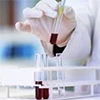 Biochemistry
Biochemistry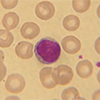 Haematology and Transfusion
Haematology and Transfusion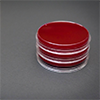 Clinical Microbiology (Including Virology)
Clinical Microbiology (Including Virology)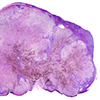 Cellular Pathology
Cellular Pathology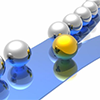 General Information
General Information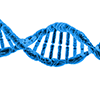 Molecular Pathology
Molecular Pathology